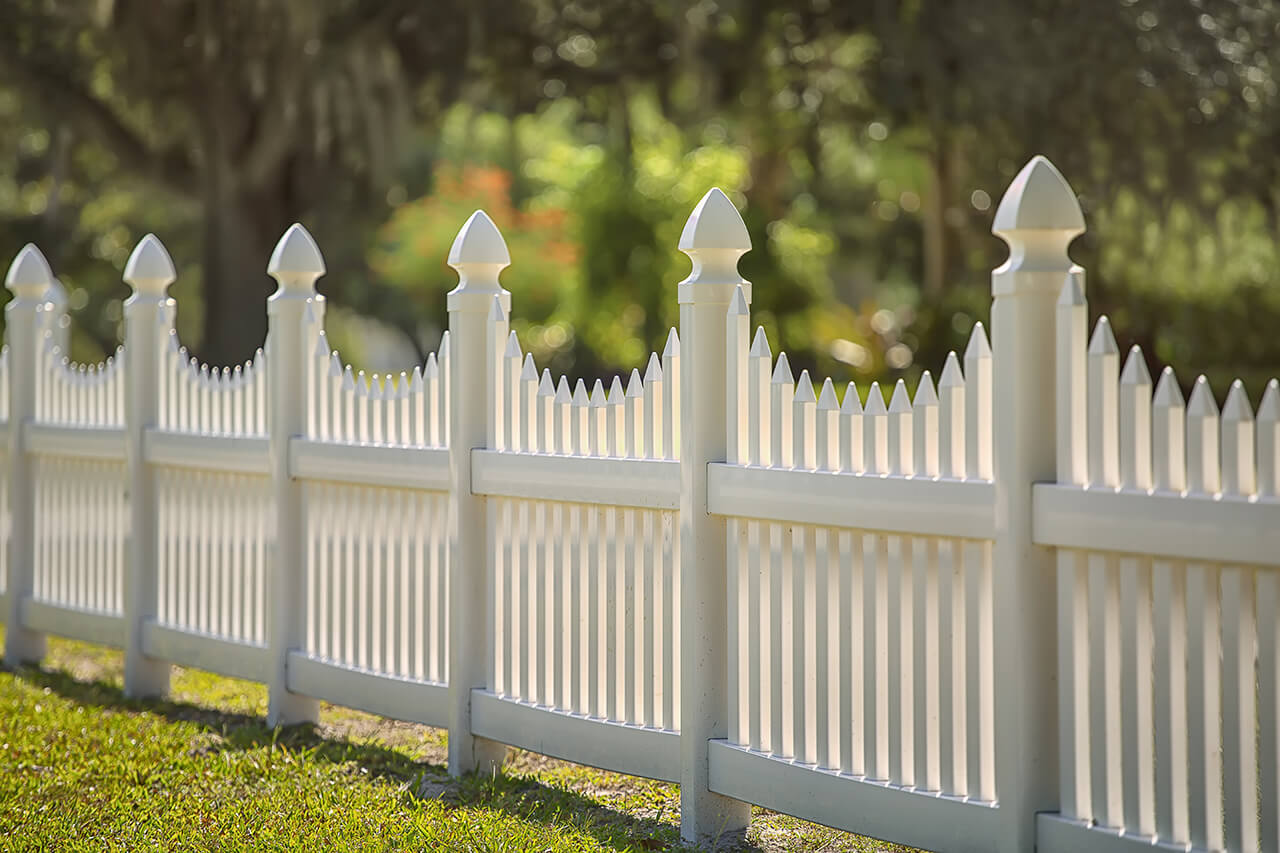
Vinyl Fencing Cost Per Foot
In the realm of property boundaries and outdoor enclosures, vinyl fencing has emerged as a frontrunner, captivating homeowners and businesses alike with its unique blend of affordability, durability, and low-maintenance appeal. Unlike its traditional counterparts crafted from wood or metal, vinyl fencing stands as a testament to modern innovation, offering a compelling alternative that redefines the concept of fencing solutions.
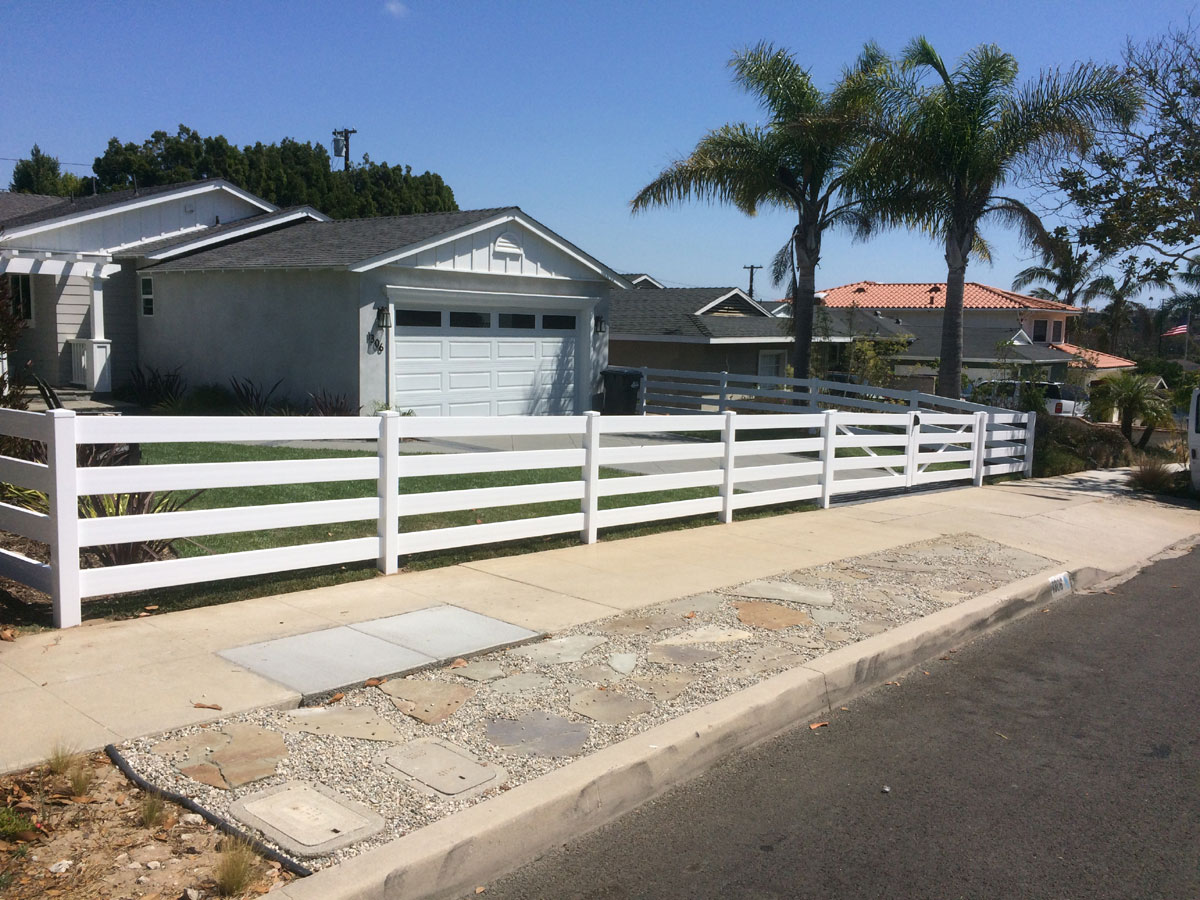
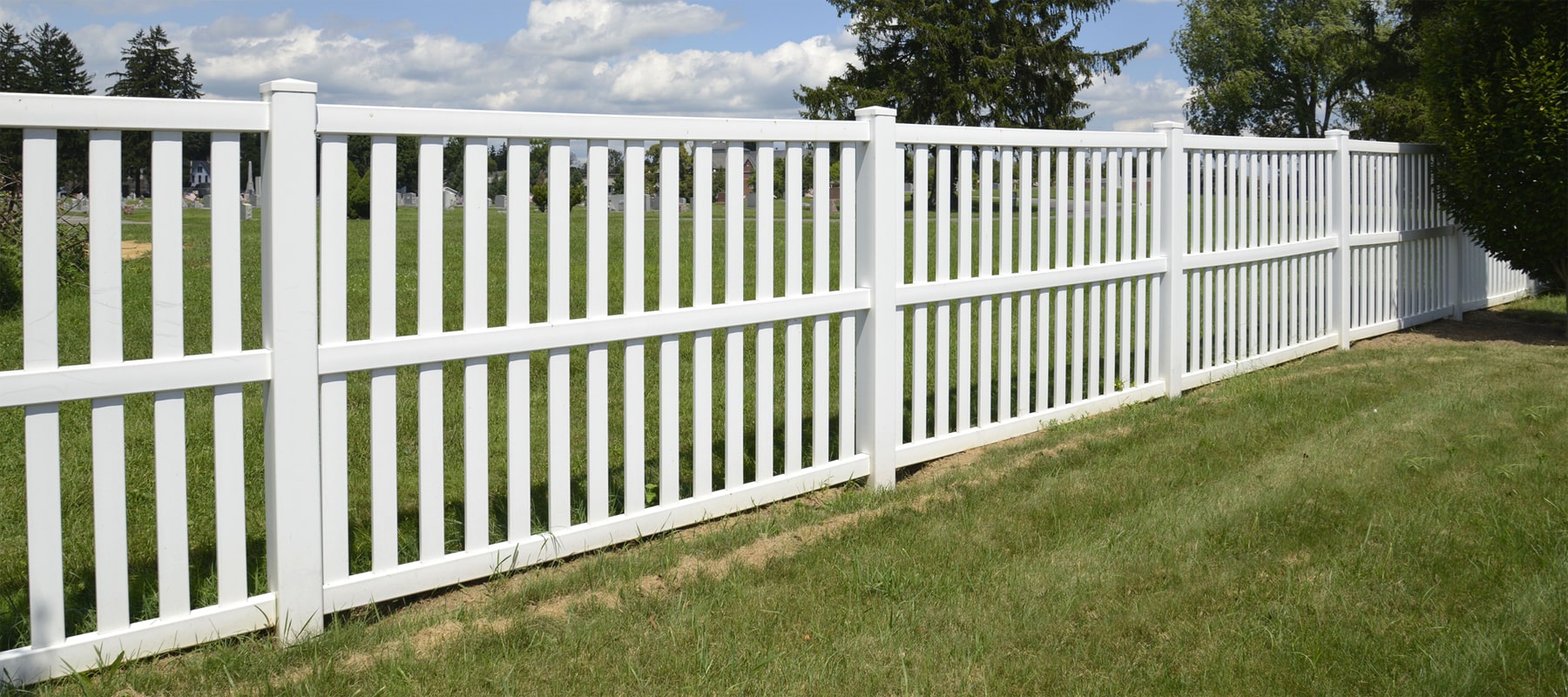

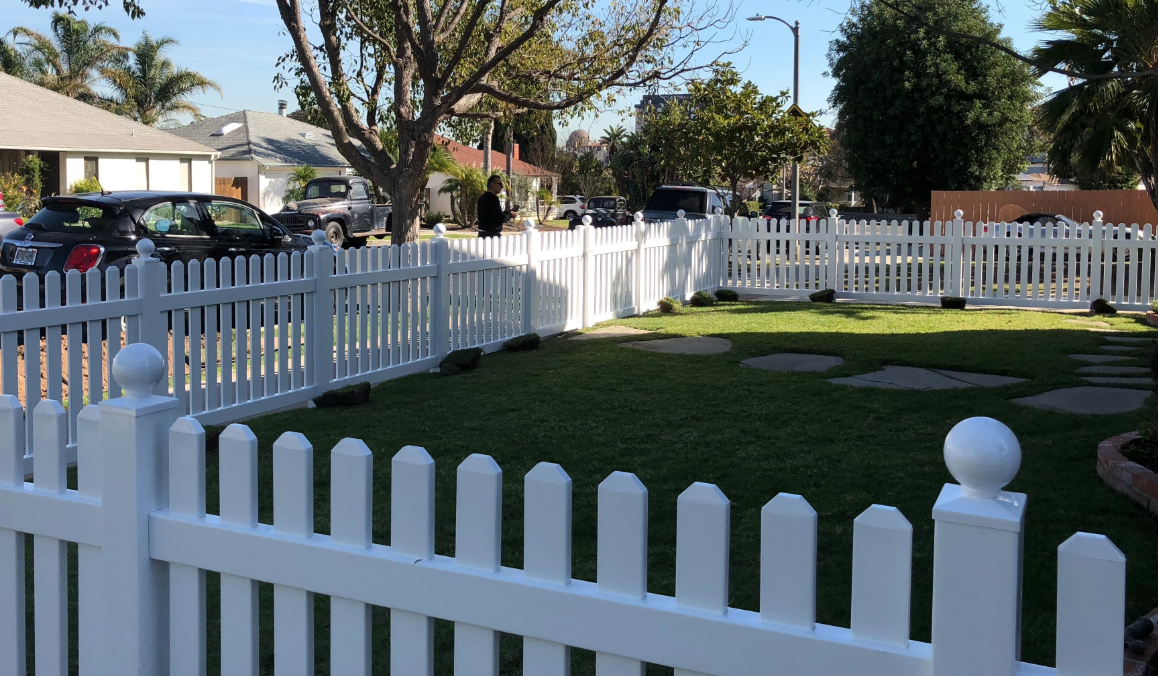
Understanding the Dynamics of Vinyl Fencing Costs
While vinyl fencing is often touted for its affordability, it is crucial to acknowledge that the cost per foot can vary depending on several factors. These include:
-
Material quality: The quality of the vinyl resin used plays a significant role in determining the overall cost. Higher-grade resins, often containing enhanced UV inhibitors, offer superior durability and color retention, but they come at a premium price.
-
Fence height: The height of the fence directly impacts the amount of material required, leading to higher costs for taller fences. A standard 6-foot fence will naturally incur lower material costs compared to an 8-foot or 10-foot fence.
-
Style complexity: Simple, straight-line fences with minimal decorative elements are more cost-effective than intricate designs featuring curves, angles, or elaborate post caps. The additional material and labor requirements for complex designs translate into higher prices.
-
Installation expenses: Professional installation adds another layer of cost to the overall project. Labor rates vary by region and contractor, and additional expenses may arise from equipment rental fees and potential permit fees.
Average Vinyl Fencing Costs per Foot: A Glimpse into Pricing
To provide a general understanding of vinyl fencing costs, consider the following average prices per foot:
-
Basic vinyl fencing: For a simple, straight-line fence made from standard-grade vinyl, expect to pay between $17 and $25 per foot, including material and DIY installation.
-
Medium-grade vinyl fencing: Opting for medium-grade vinyl with enhanced UV protection and durability will raise the cost to around $22 to $32 per foot, assuming DIY installation.
-
Premium vinyl fencing: For top-of-the-line vinyl with the best UV inhibitors and aesthetics, expect to pay between $28 and $38 per foot, including DIY installation.
-
Professionally installed vinyl fencing: Professional installation adds labor costs, typically ranging from $5 to $10 per foot, bringing the total cost for a basic vinyl fence to $22 to $35 per foot.
Additional Cost Considerations: Unveiling Hidden Expenses
Beyond the initial material and installation costs, several additional factors can influence the overall expense of a vinyl fencing project:
-
Gates and accessories: Gates, latches, hinges, and other accessories add to the cost. A standard walk-through gate can range from $50 to $200, depending on style and material.
-
Site preparation: If your property requires site preparation, such as grading uneven terrain, removing old fencing, or digging post holes, these costs should be factored in.
-
Permits and inspections: Obtaining necessary permits and scheduling inspections to ensure compliance with local regulations can add to the overall expense.
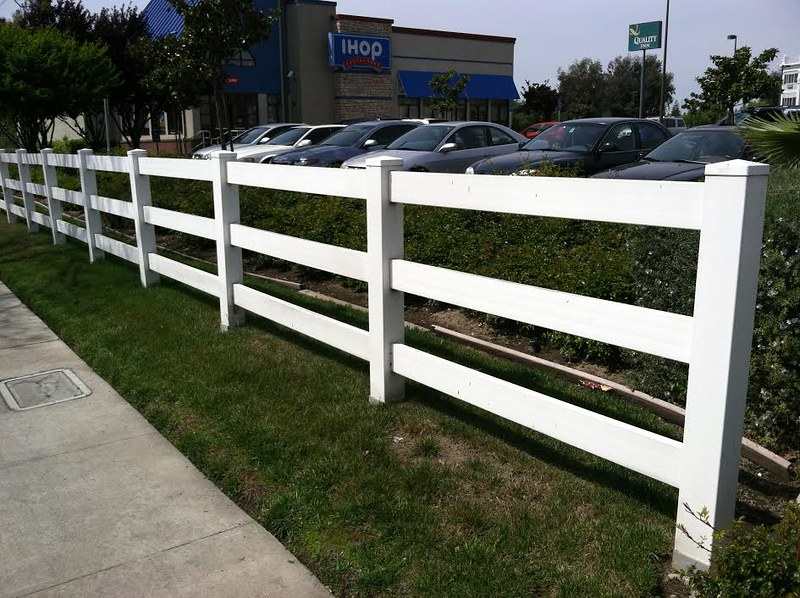
Cost-Saving Tips for Vinyl Fencing: Stretching Your Budget
If you’re seeking to maximize your budget for vinyl fencing, consider these cost-saving strategies:
-
DIY installation: If you possess carpentry skills and are comfortable with manual labor, DIY installation can significantly reduce costs. However, ensure you have the necessary tools, knowledge, and safety precautions.
-
Choose simple designs: Opt for simple, straight-line fences with minimal decorative elements to minimize material and labor costs.
-
Purchase materials in bulk: For large projects, consider purchasing materials in bulk from suppliers to potentially secure discounts.
-
Compare prices: Obtain quotes from multiple contractors and fencing suppliers to compare pricing and identify the most cost-effective options.
-
Research rebates and incentives: Check with local government agencies or utility companies for potential rebates or incentives that could reduce fencing costs.
Vinyl Fencing vs. Other Fencing Options: A Comparative Analysis
To fully appreciate the value of vinyl fencing, it’s essential to compare its costs with those of traditional wood and metal fences:
-
Wood fencing: Wood fences, while aesthetically pleasing, typically cost between $30 and $50 per foot, excluding installation. They require regular maintenance, such as painting or staining, adding to the long-term expense.
-
Metal fencing: Metal fences, often made from chain link or aluminum, range from $20 to $40 per foot, excluding installation. While durable, they may not offer the same aesthetic appeal as vinyl and may require occasional rust prevention.
Factors Affecting Vinyl Fencing Lifespan: Ensuring a Long-Lasting Investment
The lifespan of a vinyl fence depends on several factors, including:
-
Material quality: As mentioned earlier, higher-grade vinyl with enhanced UV inhibitors resists fading and warping better, extending the fence’s lifespan.
-
Proper installation: Improper installation can compromise the fence’s structural integrity, leading to premature wear and tear. Hiring experienced contractors ensures proper techniques and code compliance.
-
Regular maintenance: While minimal compared to wood, vinyl fencing still benefits from periodic cleaning to remove dirt, debris, and mold growth. This helps maintain its appearance and prevent long-term damage.
Environmental Considerations of Vinyl Fencing: Weighing the Impact
While vinyl fencing offers numerous advantages, it’s important to acknowledge its environmental impact:
-
Material production: Vinyl production involves the consumption of non-renewable resources and energy. Choosing recycled vinyl content can help mitigate this impact.
-
Recycling and end-of-life considerations: Discarded vinyl fencing poses a challenge, as it’s not readily biodegradable. Exploring recycling options or responsible disposal methods is crucial.
-
Sustainable alternatives: As environmental consciousness grows, sustainable fencing options like composite materials made from recycled wood or bamboo are emerging.
A Cost-Effective and Durable Choice for Your Property
Vinyl fencing presents a compelling choice for homeowners and businesses seeking a cost-effective, durable, and low-maintenance solution for their property boundaries. While the cost per foot can vary depending on various factors, vinyl often proves more affordable than traditional wood or metal alternatives, especially when considering its long lifespan and minimal maintenance needs. By carefully evaluating your needs, budget, and environmental concerns, vinyl fencing can be a valuable investment that enhances your property’s aesthetics and security for years to come.
Additional Resources for Vinyl Fencing Cost Estimates
Several online resources can help you estimate vinyl fencing costs based on your specific project requirements:
- Home improvement websites: Many home improvement websites offer online vinyl fencing cost calculators that consider factors like fence length, height, style, and location.
- Fencing contractor websites: Reputable fencing contractors often provide cost estimation tools on their websites, allowing you to input project details and receive a personalized quote.
- Vinyl fencing manufacturer websites: Some vinyl fencing manufacturers offer resources on their websites to help you estimate material costs based on the type and quantity of vinyl needed for your project.
By utilizing these resources and the information presented in this article, you can make an informed decision about vinyl fencing and determine if it aligns with your budget and property needs.